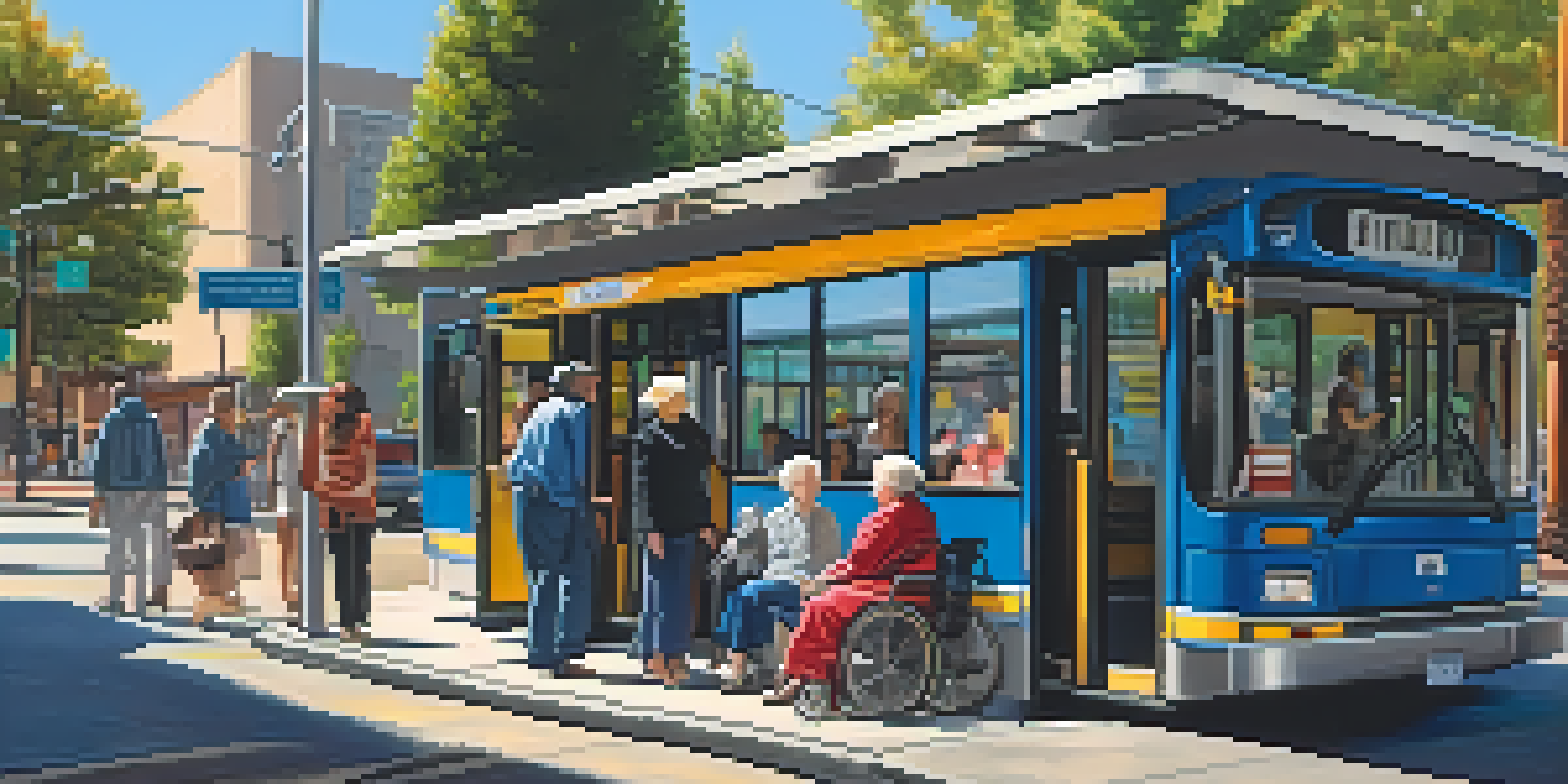Accessibility Challenges and Solutions in Reno's Transport System

Understanding Accessibility in Reno's Transport System
Accessibility in transportation means making sure everyone can travel easily, regardless of their physical abilities. In Reno, this includes individuals using wheelchairs, the elderly, and those with temporary injuries. A well-designed transport system accommodates all users, creating a more inclusive community. However, many face barriers that hinder their mobility, from poorly designed bus stops to lack of accessible vehicles.
Common Challenges Faced by Users
Many residents in Reno report challenges such as inaccessible bus routes, which can make even short trips daunting. Additionally, poorly maintained sidewalks can pose significant risks, particularly for those with mobility aids. These obstacles not only impact daily life but can also lead to social isolation. Understanding these challenges is the first step in creating effective solutions.
Challenges in Reno's Transport System
Many residents face barriers such as inaccessible bus routes and poorly maintained sidewalks, impacting their mobility and social interactions.
Impact of Limited Accessibility on Community
Limited accessibility affects not just individuals but the community as a whole. When people can’t access transportation, it restricts their ability to work, socialize, or attend medical appointments. This can lead to economic consequences, with reduced productivity and increased healthcare costs. A more accessible transport system can foster a sense of belonging and encourage participation in community activities.
Current Initiatives to Improve Accessibility
Reno has initiated several programs aimed at improving transport accessibility, such as upgrading public transit vehicles to be wheelchair-friendly. These initiatives also include training staff to assist those with disabilities effectively. Partnerships with local advocacy groups have helped identify key areas needing improvement. However, ongoing commitment and funding are crucial for sustaining these efforts.
Importance of Community Feedback
Gathering insights from users with disabilities is crucial for identifying their needs and ensuring transport improvements are effective.
Community Feedback: The Voice of Users
Gathering feedback from users with disabilities is essential for understanding their needs. Surveys and community forums provide valuable insights into the real-world experiences of these individuals. Listening to their stories helps transport planners prioritize improvements that matter most. Engaging the community fosters trust and ensures that solutions are user-centered.
Innovative Solutions for Enhanced Accessibility
Innovative solutions, like mobile apps that provide real-time accessibility information, are emerging to assist travelers. These technologies can inform users about accessible routes and vehicle availability, making planning easier. Additionally, incorporating universal design principles ensures that new infrastructure benefits everyone. Embracing technology can transform the transport experience for those with disabilities.
Future Focus on Inclusive Solutions
Reno's transport system must evolve through collaboration and innovation to create a more accessible environment for all residents.
Future Directions for Reno's Transport System
Looking ahead, Reno's transport system must continue to evolve to meet the needs of all residents. This includes not only maintaining existing infrastructure but also investing in new projects that prioritize accessibility. Collaboration between local government, transportation agencies, and community organizations will be vital. A forward-thinking approach can help create a more inclusive and accessible city.
Conclusion: The Path Toward Inclusive Transportation
Creating an accessible transport system is not just a legal obligation but a moral imperative. By addressing the challenges faced by users, Reno can foster a community where everyone has the freedom to move. Continued dialogue, innovative solutions, and community involvement will pave the way for progress. Together, we can ensure that no one is left behind.